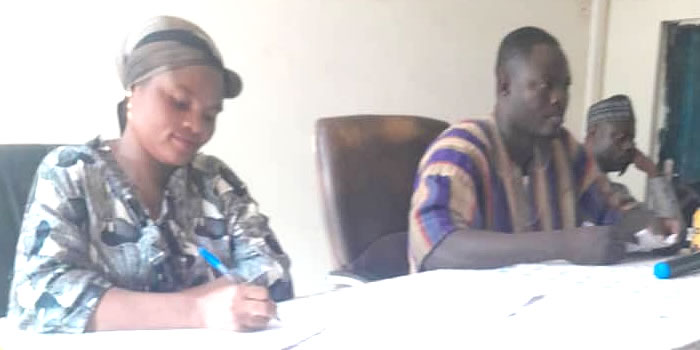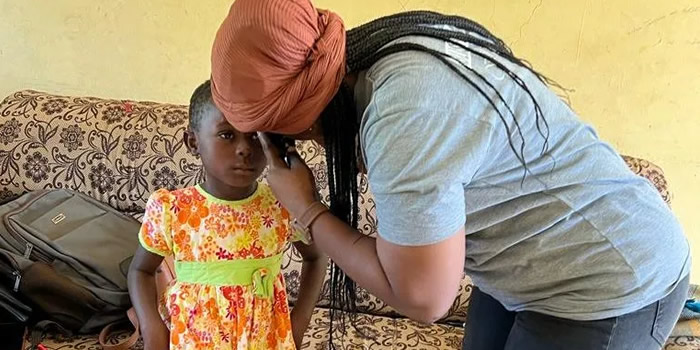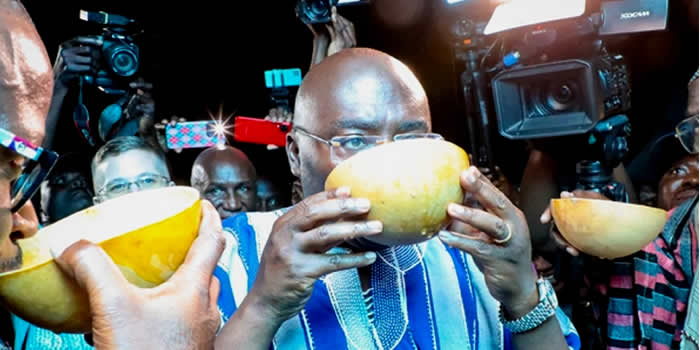

Almost all the settlements in the district are linked with roads. However, these roads are not motor able especially during the rainy season. One other problem is the road which links the District capital, Sawla to the West Gonja District is not tarred. It is however receiving occasional reshaping and re-gravelling.
The best option would have been tarring the road and opening the district up to make it more accessible to other Districts in the Northern Region and the country as a whole. The only tarred road in the District is the Wa- Bole trunk road which links the District to the Bole District and to the Upper-West Region.
Population Dyanamics
The total population according to the Ministry of Health population and housing census was estimated to be 84,664. This population is made up of 43,064 female and 41,600 males. Out of the total population, eighty-five percent (85%) of the people lived in the rural areas and fifteen percent (15%) lived in the urban areas. It must be noted that, Sawla, Tuna and Kalba are the settlements, which qualifies as urban areas since their population are above 5000. The population of the district is evenly distributed with the population density increasing from eight (8) persons per sq. Km in 1984 to fourteen (14) persons per sq. km in 2000.
The growth rate of the district is 3.1%, which is slightly higher than the National Growth rate. There are 268 settlements in the district with varying populations.
Spatial Analysis and Organisation
This basically deals with the description of settlement systems and linkages relating to distribution of services and infrastructure, hierarchy of settlements’ surface accessibility to services such as health, postal services, agriculture extension, banking, police, production and marketing centres commodity flow, manifestation of levels and locations of the poor and functional regions, space economy, and linkage with other districts.
The main type of facilities can be found and of relevance to a rural economy like Sawla-Tuna-Kalba include: Health Centre, Clinics. Kindergarten, Primary, JSS and SSS schools, Boreholes, Dam and Dugout, Periodic market Filling station, Police station Veterinary services and Agric Extension service. The district however lacks facility like banking institution, post office, District hospital, a Guest house and Telecommunication.
The distribution of these few socio-economic infrastructures is highly correlated with concentration of population over the space area of the Sawla-Tuna-Kalba District. Most of the above-mentioned facilities can be found only in Sawla and Tuna with few a existing in Kalba, Gindabou and Sanyeri.
The population distribution pattern of Sawla-Tuna-Kalba District area as seen from the map explains that, most of the population is concentrated along the main trunk roads. Much of the concentration is found along the northern portion of the district where there are permanent towns and villages. As a result of shifting cultivation of the settlers in the smaller communities, the population distribution pattern is not stable.
The people usually abandon their settlements when the yields, especially for yam dwindle or a misfortune befalls them. This practice by the people has made the population distribution pattern to be skewed towards those permanent settlements along the corridors. Some of the effects are that the distributions of facilities correspond with this population distribution pattern.
Level of Suface Asseebility
The Sawla-Tuna-Kalba District has one major highway that moves from Wa – Accra. Sawla is a transit point where vehicle from Tamale, Wa, Kumasi and Accra usually stop for meals. The district has some kilometers of feeders roads, footpath and bush tracks. Though these roads are not in good shapes especially in the rainy season the people manage with the situation.
There are few buses operated by the GPRTU of TUC. There are also few Taxi services between Sawla, Tuna and Bole. The buses move between Sawla-Wa and Wanchi Brekum and Accra). However there is no bus service from Sawla to Tamale except on Saturdays where trucks carry traders to Damongo market and back. The other means of transport are the Cargo trucks which move to relatively less accessible areas.
Spatial Organisation
The focus is to spell out measures required for some degree of spatial equity as well as efficient resources-allocation to be achieved in the development process of the District. Encourage the development of a hierarchy of settlements with those at each level providing services appropriate to the size of their population. Ensure the effective co-ordination of all relevant agencies in planning, development and managing human settlements. Encourage the growth of diversified stable economies in human settlements in both urban and rural environment.
In other words diversify the economic base.Make judicious use of scarce resources to serve a large number of people in the district. Ensure reduction in spatial disparities in the distribution of economic and social services. The district hopes to develop a four-level settlement hierarchy as proposed below with the following facilities for all
Date Created : 11/18/2017 8:28:27 AM










 facebook
facebook
 twitter
twitter
 Youtube
Youtube
 +233 593 831 280
+233 593 831 280 0800 430 430
0800 430 430 GPS: GE-231-4383
GPS: GE-231-4383 info@ghanadistricts.com
info@ghanadistricts.com Box GP1044, Accra, Ghana
Box GP1044, Accra, Ghana